Earlier this month, Dallas ISD named Bernardo Velez Rico, teacher of AP English and OnRamps rhetoric at North Dallas High School, Secondary Teacher of the Year for 2024-2025.
With emotion in his voice, Rico recalled the circumstances that culminated in this moment.
For most newlyweds, a honeymoon is the start of their new life together, Rico said, but for his parents, it meant an arduous journey north. They immigrated from Guanajuato to California the day after their wedding. They settled in Los Angeles and later raised their three children in a one-bedroom apartment.
“My parents’ honeymoon was coming here with the hope that they’d be able to build a better life and future for their kids,” Rico said.
Rico’s father, a former garbage collector who only made it through elementary school, would constantly hammer home the importance of education.
“He would say, ‘Mijo, when I was in school, I would always get tens,’ which for them is the equivalent of getting 100 in their grading system,” Rico said.
Rico took this to heart. When he was 9, his family moved from California to Texas. He attended Grand Prairie ISD and later graduated from Stanford University with a Bachelor of Arts in Art Practice and Chicana/o-Latina/o Studies.
At Stanford, Rico experienced culture shock. Having grown up in a Latino community, Rico said he struggled with impostor syndrome, often questioning his place in an institution where status and class mattered and where few people looked like him.
“I grew up in a community that was a lot like me, surrounded by people like me,” he said. “At Stanford, it was a huge culture shock because I was surrounded by people with a lot more wealth and whose parents were alumni.”
After college, Rico returned to Texas and oversaw the Go van Gogh school outreach program at the Dallas Museum of Art. Through this hour-long program for elementary school students, which combined art discussions and art-making activities, Rico stumbled into a love of teaching.
“When I was teaching the programs in the museum, there were so many times when, at the end of that one hour, the kids would come up to me and hug me,” Rico said. “If the students can have this reaction from just one hour of me being there, I could only imagine what the impact would look like if I was with them the whole year.”
It was around this time that Dallas ISD launched the Adjunct Teacher Dallas Residency Program. Rico said it was the perfect opportunity to start teaching.
He completed his residency training at North Dallas High School, and at the end of it, he had the option to transfer or stay. He chose to remain.
“For the past four years that I’ve been at North Dallas, our campus has been a high priority campus. I realized that I wanted to stay here even after my program ended, because it is important that students at a school like ours are supported and believed in,” Rico said.
Rico said he recalls how people tend to underestimate his father’s intelligence due to his limited formal education, and now seeks to banish the misconception that only high-achievers can be smart in his classroom.
“I have students who haven’t had the best test scores, or who have had something happen to them, and this makes other people think that they’re not as smart or as capable as others who have had more privilege,” Rico said. “But I try to make it my job to help them see, and to help other people see that they do have a lot of intelligence and knowledge.”
Rico’s desire to make students see—and realize—their potential is the core of his “bar-raising” approach. With this strategic approach, Rico sets a high bar at the start of the school year but adjusts it according to each student’s abilities, he said. As the students meet the standards he sets for them, Rico gradually raises the bar, bringing it closer to its original position.
“The first bar I set for them is right here,” he said, holding his hand, palm down, flat and steady before him. “And then they’re going to grow, and we’re going to celebrate that growth. But in my mind, I know that by the end of the year, I’m keeping them to this bar.”
In the few years he has been teaching AP Literature and OnRamps rhetoric, Rico has seen his students improve significantly. His OnRamps students, for instance, are writing college-level essays while earning credit from The University of Texas at Austin. Interest in the class continues to grow.
“Last year we had 100 percent of our OnRamps students earn college credit, and this year, we’re in the 90s, and we have even more students taking it,” Rico said.
Other OnRamps mentors approach Rico to ask him about the high pass rates at North Dallas.
“They ask how is it possible to get those numbers, and that’s the question where I’m like, ‘If you’re asking how something is possible, you’re already assuming that it’s not possible,’” he said.
Rico said he thinks teachers need to remember the sense of possibility at the heart of their profession: just because a student has not excelled academically so far does not mean he or she never will.
“If we’re setting ceilings for our students, then we’re already capping what they’re capable of,” Rico said. “Our focus needs to be on building those supports so that they can break the ceilings that other people have already put there.”
Rico now strives to help his students break those ceilings so that they never have to question their place in the world. With his encouragement, some of his students attend universities like Harvard or the University of Chicago. One student in particular, who recently arrived in the country, wanted to go to Stanford, like him, he said. But with her limited mastery of English, few thought that she could pull it off.
“But I believed in her, and she believed in herself, and she was accepted,” Rico said. “It was just incredible for her to be able to follow that path.”
When students ask him why he teaches when he could have pursued another career, Rico likes to remind them:
“I choose to be here because this work is important, and because you deserve teachers who want to do this, who choose this work, and, more importantly, who choose you,” he said. “I don’t want the students to feel like they were someone’s backup option or last resort. I want our students to feel like their teachers are here because they want to.”

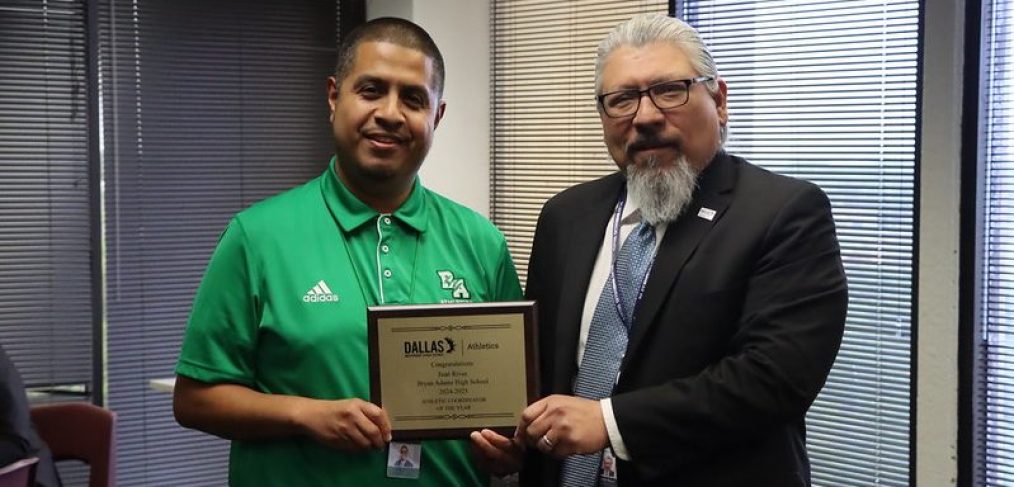
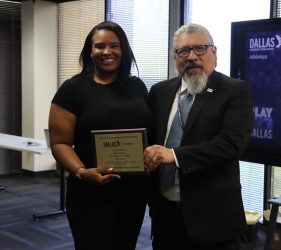
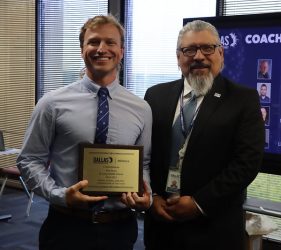
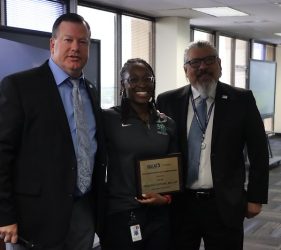

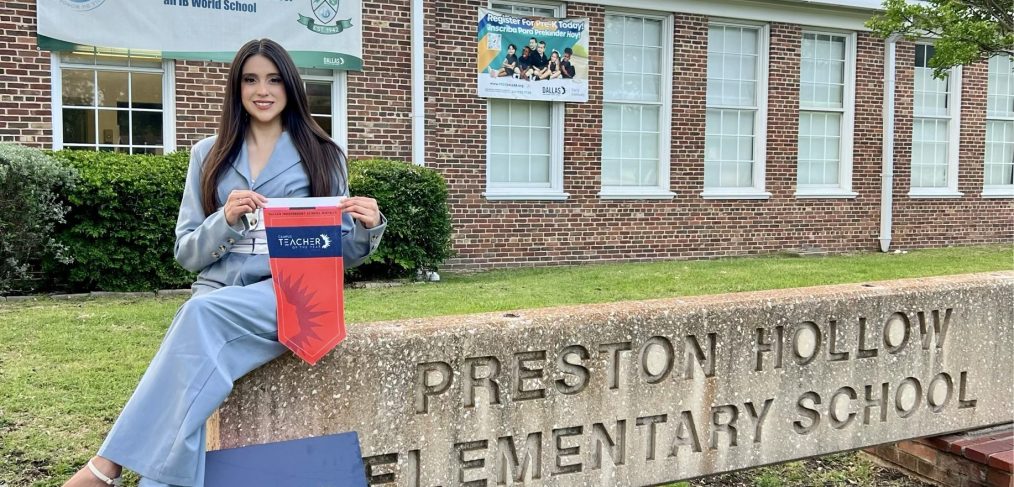
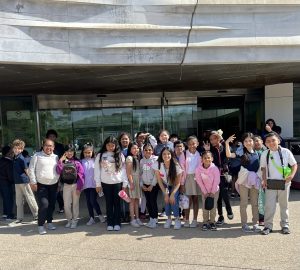 teaching and relationships in the future.
teaching and relationships in the future. While Morales will not be following her students to middle school, nor will she be looping again next year at Preston Hollow Elementary, she is taking all she learned the past five years and applying it to teaching fifth grade. She is also a resource for other teachers who are interested in the experience and the benefits it can have for students.
While Morales will not be following her students to middle school, nor will she be looping again next year at Preston Hollow Elementary, she is taking all she learned the past five years and applying it to teaching fifth grade. She is also a resource for other teachers who are interested in the experience and the benefits it can have for students.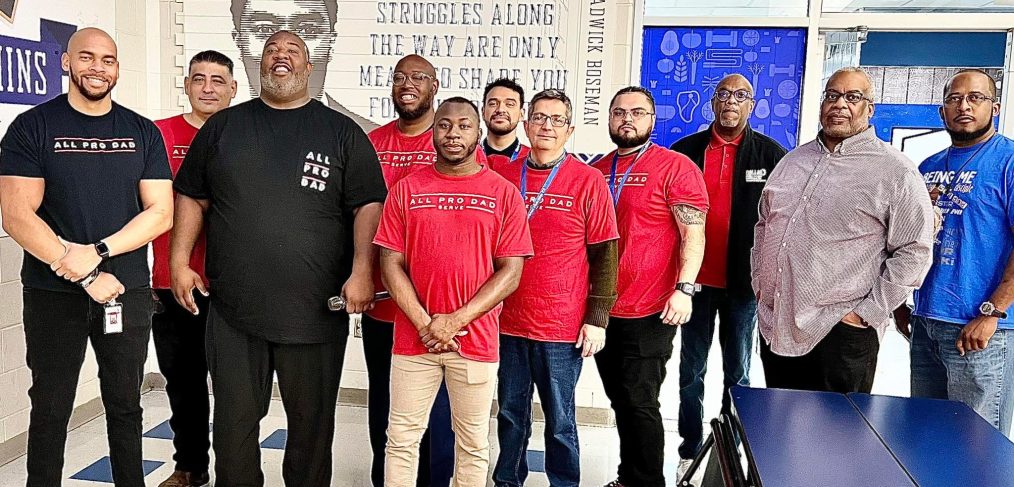


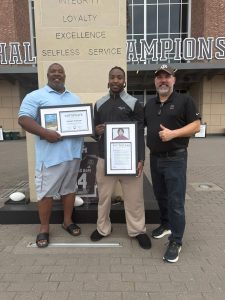




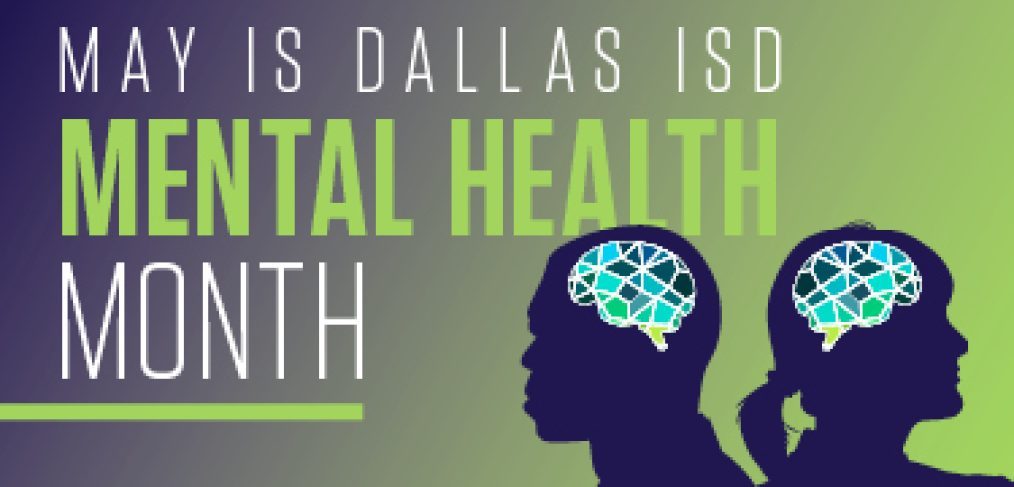

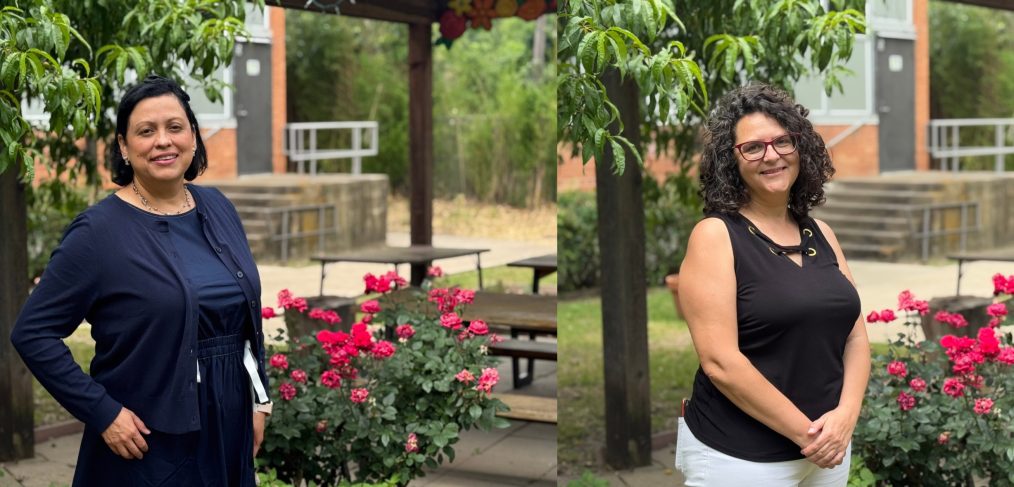
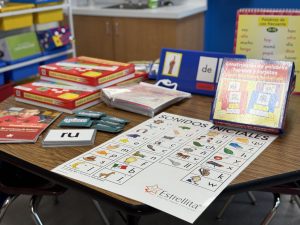 comprehension, build vocabulary, and express their emotions.
comprehension, build vocabulary, and express their emotions.